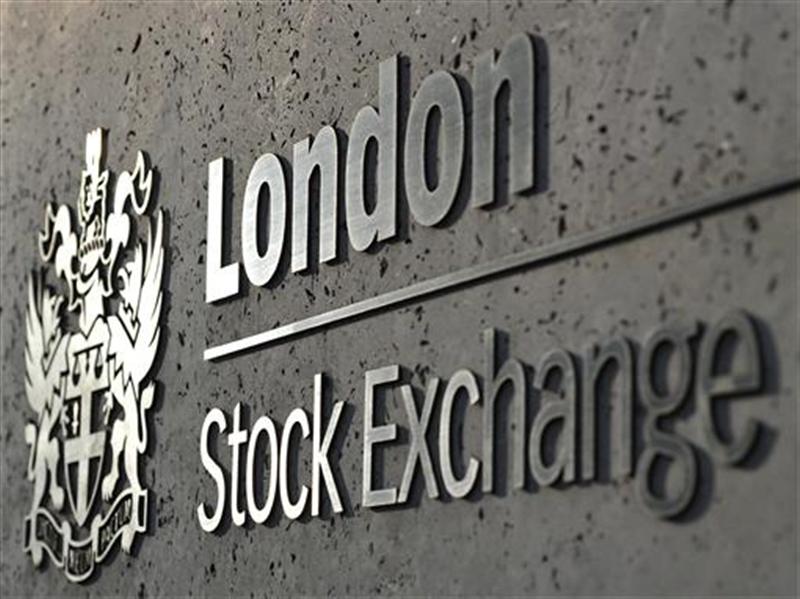The Footsie, or FTSE, is more than 7% down from its opening level of 6566 at the start of 2015, but that only tells half the story of a turbulent year on the London Stock Exchange and markets across the world.
It was a year that saw the return of the mega deal, led by Budweiser brewer Anheuser-Busch InBev buying London-listed Peroni and Grolsch group SABMiller for £71 billion ($105.3 billion) in one of the biggest takeovers in corporate history, Yahoo reported.
Next came Royal Dutch Shell’s £47 billion agreed takeover bid for gas explorer BG announced in April.
February 24 saw the London market break a record that had stood for more than 15 years as the FTSE 100 hit a new all-time high, boosted by investor optimism about the financial crisis in Greece.
Britain’s benchmark index of leading shares closed at 6958.89, which meant the FTSE 100 finally surpassed its previous intraday peak of 6950.6 set on December 30 1999, just before the dotcom bubble burst.
The index reached a series of all-time highs before hitting its peak of 7104 on April 27, boasting a total market value of £2 trillion.
But all this was to change in the summer as China’s economic woes began to unfold. Global markets were spooked as China posted slowing gross domestic product figures of around 7% after almost a decade of double-digit growth. Beijing responded with a series of devaluations of its yuan to stimulate its economy.
In London, the stock market saw a number of 100-point plus falls, as heavyweight oil and commodity stocks saw their values plunge.
Market Jitters
The contagion infected western markets too. Germany’s DAX index fell to more than 20% below its peak, while US stocks see-sawed.
Adding to world market jitters throughout the year was the recovering US economy, leading to guidance from US Federal Reserve chairwoman Janet Yellen that the first US interest rate hike from near-zero levels since June 2006 was on the cards.
However, uncertainty over when the Fed would pull the trigger on a US hike caused global markets to rise and fall throughout the year.
The Footsie fell to a three-year low of 5874.1 in early December amid intense speculation over a US rates hike and as oil prices plunged. This was the lowest level since December 2012 and gave the market a value of £1.6 trillion.
After such an unsteady year, the market ended with an uptick when the US Fed finally called time on near-zero borrowing costs, raising its key interest rate by 0.25% on December 16 and ending a year of uncertainty over monetary policy. Overall, markets finished the year lower, with some sectors hit much harder than others.
The slowdown in China has impacted miners in particular, with four of the biggest falling stocks coming from this sector, led by Anglo American which wrote down $3.5 billion on the value of its iron ore and other commodities at its half-year results in July.


